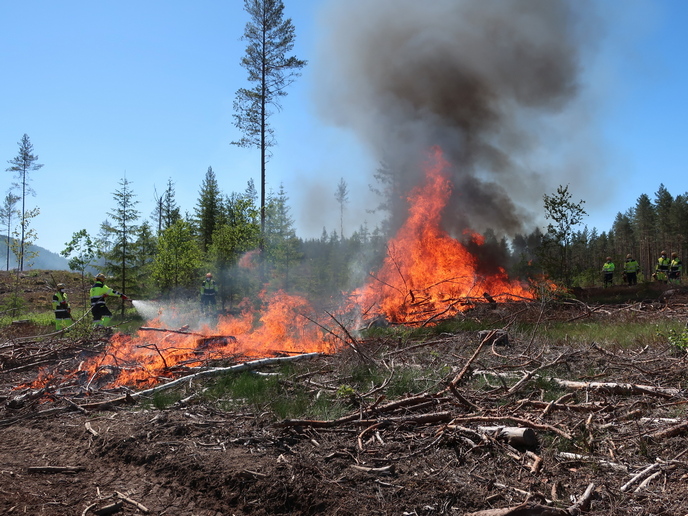Rethinking effective wildfire management strategies
Climate change and extreme weather are likely to result in more wildfires in the coming years. On top of this, the construction of homes situated in risky areas makes firefighting more complex, while limited resources and tough terrain can slow response times. “There are also often coordination and communication challenges across agencies and regions,” notes TREEADS(opens in new window) project leader Kemal Arsava from RISE Fire Research(opens in new window) in Norway. “Conflicting interests in land use can hinder effective wildfire management, and real-time fire mapping and prediction still has a way to go.”
Unified approach to managing wildfires
The EU-funded TREEADS project came about as a result of growing recognition of the need for a more unified approach to managing wildfires. To achieve this, the project team sought to bring together cutting-edge technologies, training programmes and post-fire strategies. “The project involved 48 partners, 26 advanced technologies and eight pilot sites,” says Ragni Fjellgaard Mikalsen, TREEADS technical manager. “We brought together firefighters and other first responders, researchers, tech developers, local authorities and local communities.” Together, a fire management ecosystem(opens in new window) was developed. This ecosystem consists of an integrated platform that stakeholders will be able to access during all phases of wildfire. All aspects were tested and validated across the project’s eight pilot sites.
From pre-fire training to post-fire reforestation
To begin, the team worked to develop pre-fire training programmes for firefighters using augmented reality and virtual reality technologies. Educational tools, including multilingual materials and interactive games, were also developed to raise public awareness. Innovative building materials and construction techniques to make communities more fire-resistant were also identified. “Advanced detection systems and computational models to spot fires early, and to keep track of progress, were also included,” adds Mikalsen. Technologies(opens in new window) including cameras integrated into drones and weather balloons, as well as drone-enabled fire extinguishing systems, were also trialled. For post-fire situations, adaptive restoration technologies and strategies were developed. For example, seed balls and seed container capsules for efficient seeding and reforestation were tested.
Market-ready solutions to fight wildfire
Many of the solutions developed within the project have reached high technology readiness levels and are supported by solid business plans, positioning them well for real-world deployment. “Several TREEADS innovations are already market-ready and are expected to be implemented across various regions in the near future,” says Arsava. On the research front, several partners are continuing their work through new EU-funded initiatives and national wildfire research programmes. This ongoing engagement will help to ensure that the knowledge and momentum generated by TREEADS will continue to grow and evolve. “Still, sustained investment in research is essential,” notes Arsava. “The foundation laid by TREEADS provides a strong platform for future innovation and collaboration. Our hope is that TREEADS leaves behind more than just technology, but a shift in how we think about wildfires.” By showing that collaboration across countries, sectors and communities works, both Arsava and Mikalsen hope that TREEADS can become a blueprint for smarter, more resilient wildfire management. “If our efforts help even one region prevent a disaster or recover faster, then that’s a legacy worth building on,” adds Arsava. “Wildfires aren’t going away, but our ability to face them can keep improving.”







